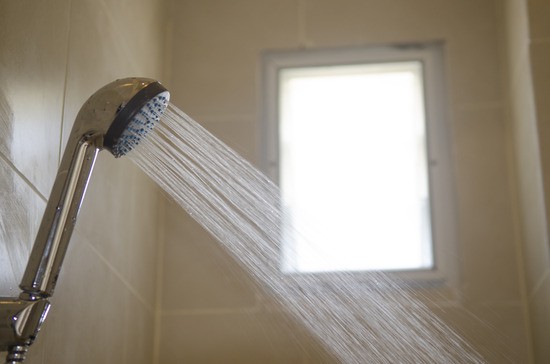
Whether you are a first-time homeowner, or an experienced one, it’s possible you’ve never had to deal with a well pressure switch. You might not even be aware of its existence… until one early morning, on Christmas Eve or right when you’ve exhausted your underwear supply the switch fails. It’s always the worst possible time, isn’t it? While you are waiting for your Maryland emergency well pump repair tech to arrive (did you know that we have an emergency hot-line?), here is some information on what you could be dealing with and what it means.
What a Pressure Switch Does
A pressure switch is a switch that signals to the well pump to start or stop pumping depending on the pressure in the water system. Pressure switches are designed to have two pressure settings: cut-in and cut-off pressure. These are the numbers you may find on the switch itself and they typically are 40-60, 30-50 or 20-40 measured in psi. The lower number is the pressure at witch the pump will kick in and start filling up your pressure tank. The higher number is the pressure at which the pump will stop. Both numbers can be adjusted as needed depending on your unique water supply needs.
A pressure switch can be located either outside or in your basement, garage or pool housing, depending on how your well system is set up. If you have a submersible pump, the switch is in a different location than the pump—typically set on a pipe entering the pressure tank. If you have a jet pump, the pressure switch could be attached directly to it on the side.
Why a Pressure Switch Can Fail
The mechanism of a pressure switch contains springs to set the pressure, as well as electrical wiring to signal the pump to turn off or on. Over time, the springs may loosen and the wire ports may become exposed and corroded. Something as simple as a bug stuck between electrical contacts can prevent them from properly connecting. Rusted contacts can also detach completely, rendering the switch useless. Although a pressure switch typically has a thick plastic cover, Maryland’s summer humidity can still get to it and slowly damage it. It may not be a wear part in its traditional meaning, but a pressure switch may need to be replaced several times during your home ownership.
How to Tell if The Pressure Switch is Failing
Now that you know what a pressure switch does and how it works, it’s a bit easier to troubleshoot problems with your well pump. If you are experiencing the following issues, it’s possible your pressure switch has failed or malfunctioned:
- There is no water and the pump doesn’t turn on at all
- The pump keeps cycling
- The pump is working but the water pressure is weak
Mind you, these symptoms are not unique to pressure switch problems. There could be other reasons why this is happening, such as a decompressed pressure tank or a failed pump. Before jumping to conclusions, it’s best to call a Maryland well pump expert to have your system looked at. Maybe all you need is pressure switch contacts cleaned and tightened, or maybe the entire switch has to be replaced. If that’s the case, this is typically a fast and affordable repair.
Call us today or contact us online if you are having problems with your well system! Our experienced team will be happy to accommodate you any day of the week!
